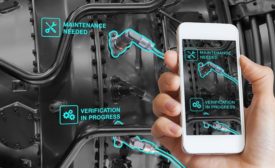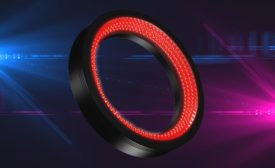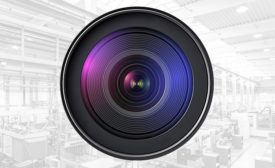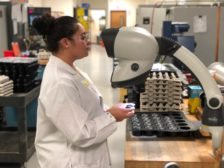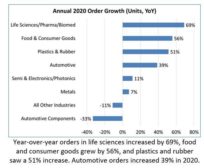Vision & Sensors
VISION & SENSORS - AUTOMATION
Automation will give, as well as take, opportunities for human workers.
Read More
VISION & SENSORS - AUTOMATION
How Augmented Reality Can Support Industry 4.0
With the introduction of augmented reality into assembly and inspection processes, cutting-edge industry 4.0 research is uncovering best practices to maximize quality.
March 9, 2021
VISION & SENSORS - MACHINE VISION 101
Engineered Lighting: Part 2 of 3
Learn how to choose a light source to take advantage of the characteristics that create contrast.
March 9, 2021
VISION & SENSORS - LENSES
Protecting Lenses
Imaging systems have specific design requirements to maintain performance without degrading over time.
March 9, 2021
VISION & SENSORS - SENSOR TRENDS
Event-Based Vision: Taking a Cue From Biology
We can replicate the efficiency of how our eyes work with a new form of vision capture called event-based vision.
March 9, 2021
Vision & Sensors Headline
Elementary Robotics Appoints New EVP of Sales and Marketing, EVP of Engineering
March 2, 2021
Vision & Sensors Headline
Vision Engineering Inc. Celebrates 40 Years by Helping to Feed America
February 8, 2021
Vision & Sensors Headline
For First Time on Record, Yearly Non-Automotive Robotic Orders Higher Than Automotive Orders
January 31, 2021
Stay in the know with Quality’s comprehensive coverage of
the manufacturing and metrology industries.
eNewsletter | Website | eMagazine
JOIN TODAY!Copyright ©2024. All Rights Reserved BNP Media.
Design, CMS, Hosting & Web Development :: ePublishing

